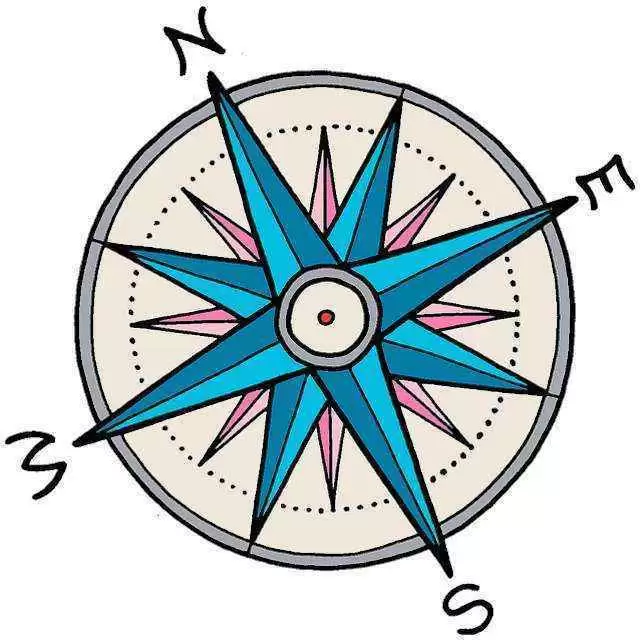.webp.42e268b194696c5471e58ea8ba395ebb.webp)
Celiac.com 11/17/2016 - Studies in small groups of patients indicated that splenic volume may be decreased in patients with celiac disease, refractory celiac disease (RCD) type II and enteropathy-associated T-cell lymphoma (EATL).
A team of researchers recently set out to assess splenic volume in a large group of uncomplicated celiac disease, RCD II and EATL patients and in healthy controls. The research team included Tom van Gils, Petula Nijeboer, Jan Hein TM van Waesberghe, Veerle MH Coupé, Kiki Janssen, Jessy A Zegers, Shaikh A. Nurmohamed, Georg Kraal, Sabine CI Jiskoot, Gerd Bouma, Chris JJ Mulder. They are variously affiliated with the Celiac Center Amsterdam, Department of Gastroenterology and Hepatology, the Department of Radiology, the Department of Epidemiology and Biostatistics, the Department of Nephrology, the Department of Molecular Cell Biology and Immunology at VU University Medical Center, Amsterdam, The Netherlands, and with the Department of Radiology, St Jansdal, Harderwijk, The Netherlands.
Celiac.com Sponsor (A12):
For their retrospective cohort they included 77 patients with uncomplicated celiac disease (of whom 39 in remission), 29 patients with RCD II, 24 patients with EATL, and 12 patients with both RCD II and EATL. The control group included 149 healthy living kidney donors. The team used computed tomography to determine splenic volume.
The median splenic volume in the uncomplicated celiac disease group was significantly larger than in controls (202 cm3 (interquartile range (IQR): 154–275) versus 183 cm3 (IQR: 140–232), p = 0.02). After correction for body surface area, age and gender, the ratio of splenic volume in uncomplicated celiac disease versus controls was 1.28 (95% confidence interval: 1.20–1.36; p less than 0.001).
On average, RCD II patients showed smaller splenic volume (118 cm3 (IQR 83–181)) than the median splenic volume in the control group (p less than 0.001).
These results show wide variation in splenic volume among patients. In uncomplicated celiac disease, splenic volume is typically enlarged. Lower splenic volume in RCD II patients may be clinically relevant, given the the compromised immune conditions of these patients.
Source:
- Open Original Shared Link






Recommended Comments
There are no comments to display.